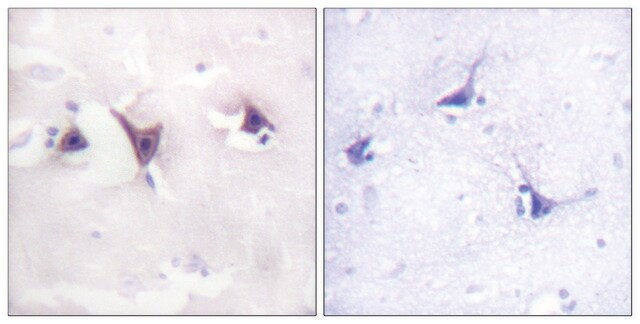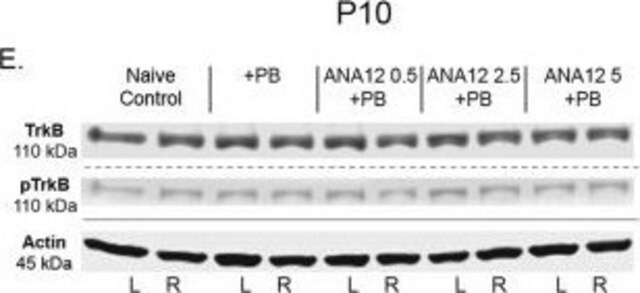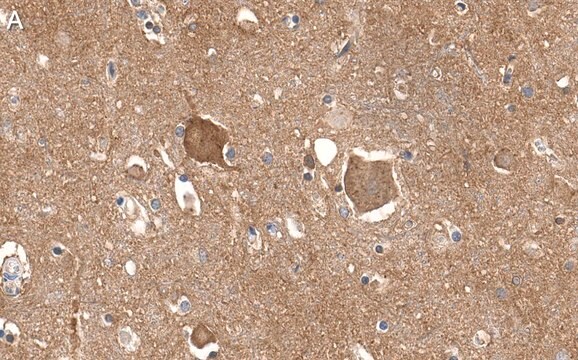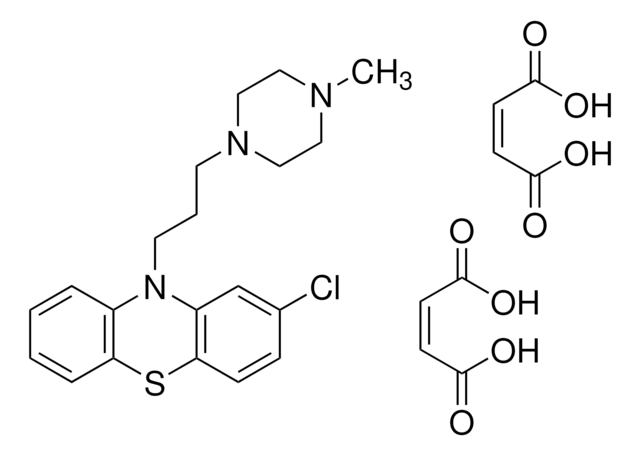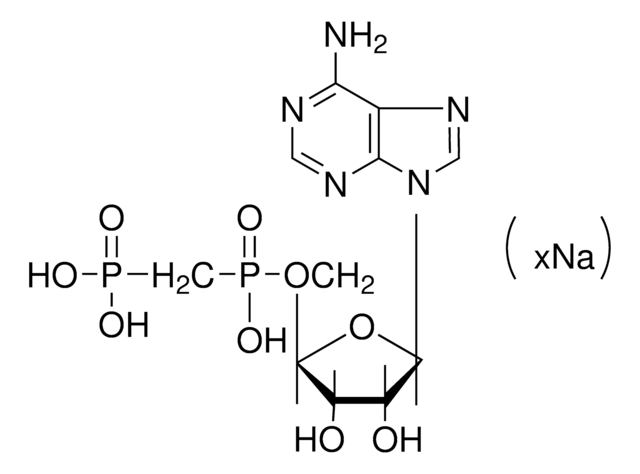Kluczowe dokumenty
T1941
Anti-TrkB antibody produced in goat
affinity isolated antibody, lyophilized powder
Synonim(y):
Anti-DEE58, Anti-EIEE58, Anti-GP145-TrkB, Anti-OBHD, Anti-TRKB, Anti-trk-B
About This Item
WB
western blot: 0.25-0.5 μg/mL
Polecane produkty
pochodzenie biologiczne
goat
Poziom jakości
białko sprzężone
unconjugated
forma przeciwciała
affinity isolated antibody
rodzaj przeciwciała
primary antibodies
klon
polyclonal
Formularz
lyophilized powder
reaktywność gatunkowa
human
metody
flow cytometry: 2.5 μg/mL (per 106 cells)
western blot: 0.25-0.5 μg/mL
numer dostępu UniProt
temp. przechowywania
−20°C
docelowa modyfikacja potranslacyjna
unmodified
informacje o genach
human ... NTRK2(4915)
Powiązane kategorie
Opis ogólny
Immunogen
Działania biochem./fizjol.
Postać fizyczna
Oświadczenie o zrzeczeniu się odpowiedzialności
Nie możesz znaleźć właściwego produktu?
Wypróbuj nasz Narzędzie selektora produktów.
polecane
Kod klasy składowania
11 - Combustible Solids
Klasa zagrożenia wodnego (WGK)
WGK 1
Temperatura zapłonu (°F)
Not applicable
Temperatura zapłonu (°C)
Not applicable
Wybierz jedną z najnowszych wersji:
Masz już ten produkt?
Dokumenty związane z niedawno zakupionymi produktami zostały zamieszczone w Bibliotece dokumentów.
Nasz zespół naukowców ma doświadczenie we wszystkich obszarach badań, w tym w naukach przyrodniczych, materiałoznawstwie, syntezie chemicznej, chromatografii, analityce i wielu innych dziedzinach.
Skontaktuj się z zespołem ds. pomocy technicznej